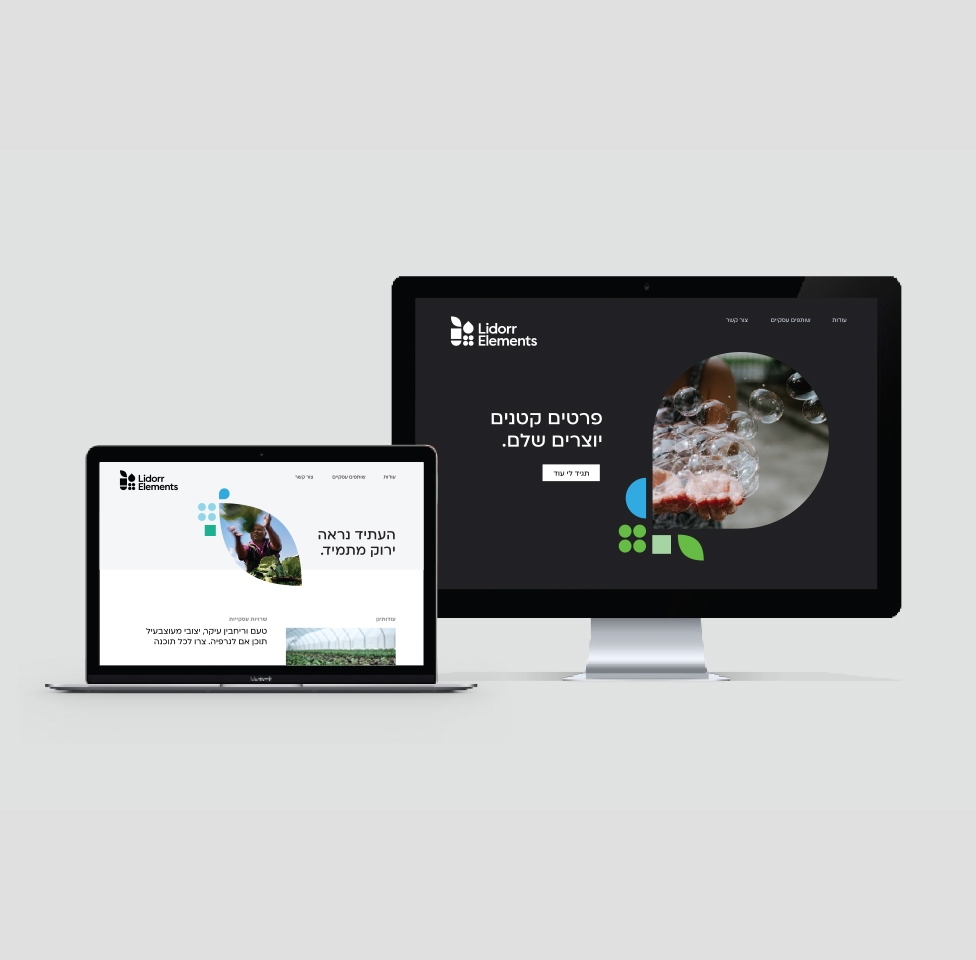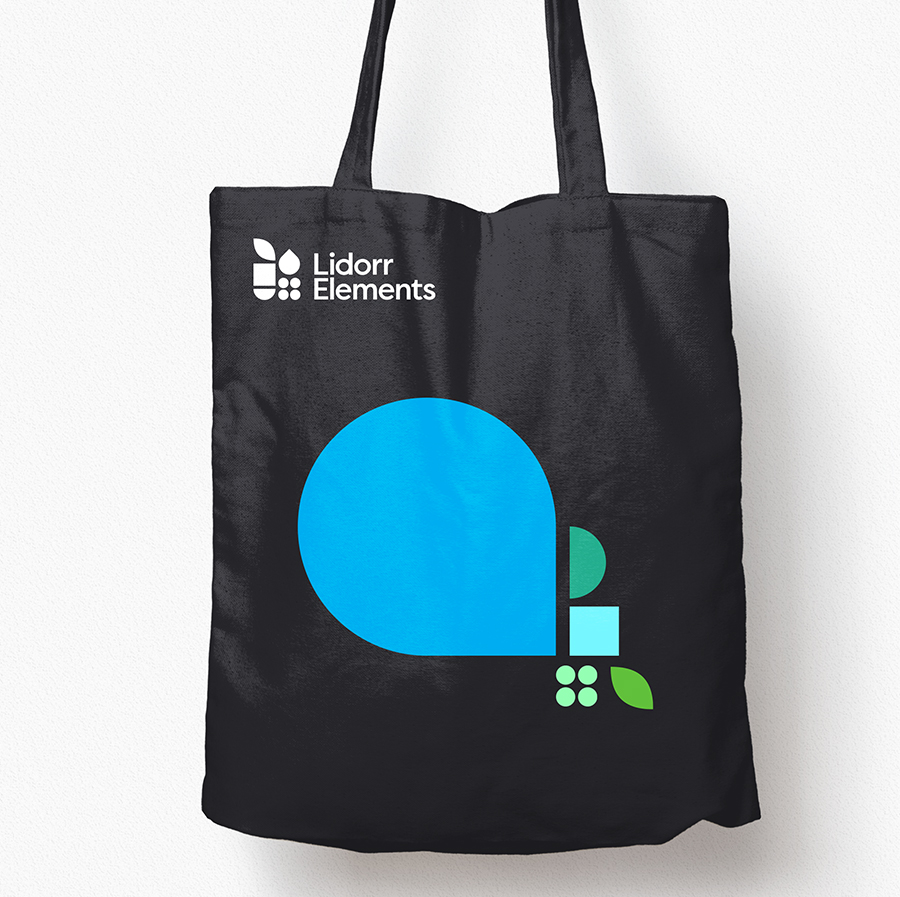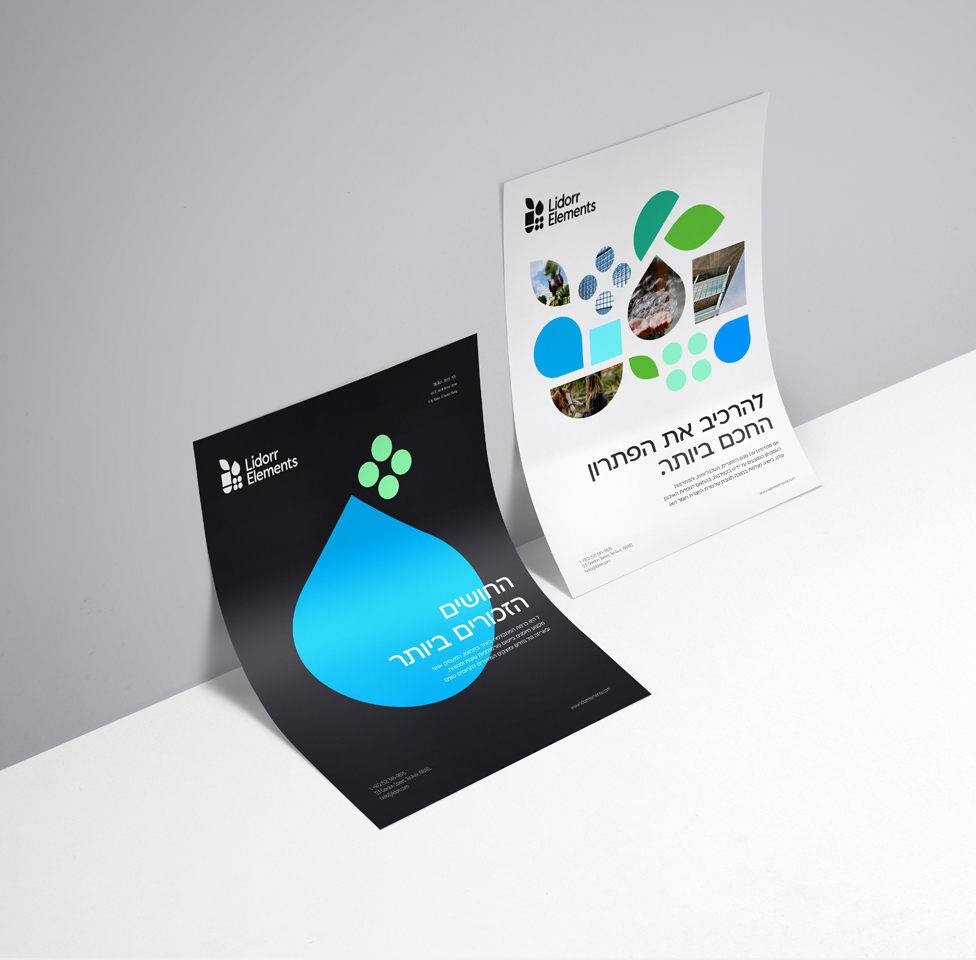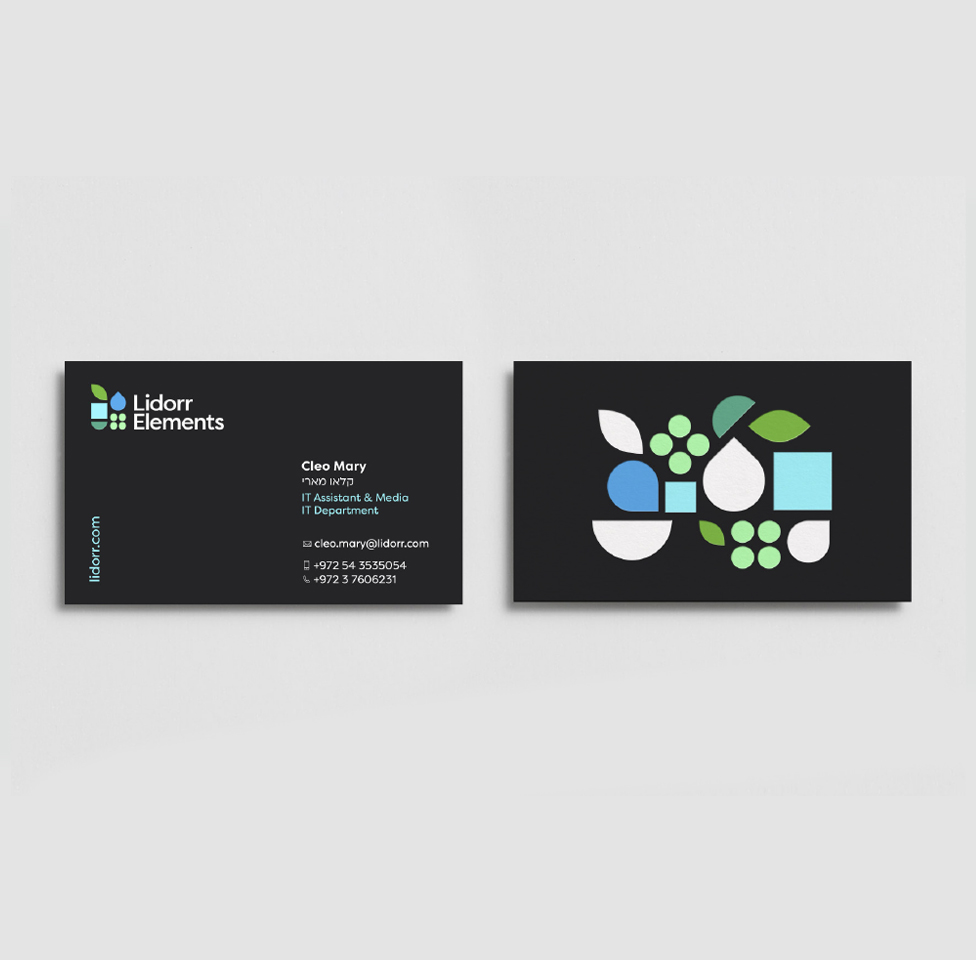
Client
Lidorr Elements
Industry
Professional Services
Skills
Brand Strategy | Brand Architecture | Visual Identity
Change is Key
The chemical industry went through dramatic changes over the past decade. Mega-brands struggled to sustain themselves as globalization, sustainability and technology cause major disruptions. Lidorr, a private owned chemicals distribution concern, had managed to navigate successfully and adapt. But its brand was outdated and wasn’t reflecting Lidorr’s strengths. We began the Re-Branding process with the core idea of ‘Embracing Change’, which is the company’s business strategy. This powerful strategy was translated into a relatable, relevant and emotional brand essence.

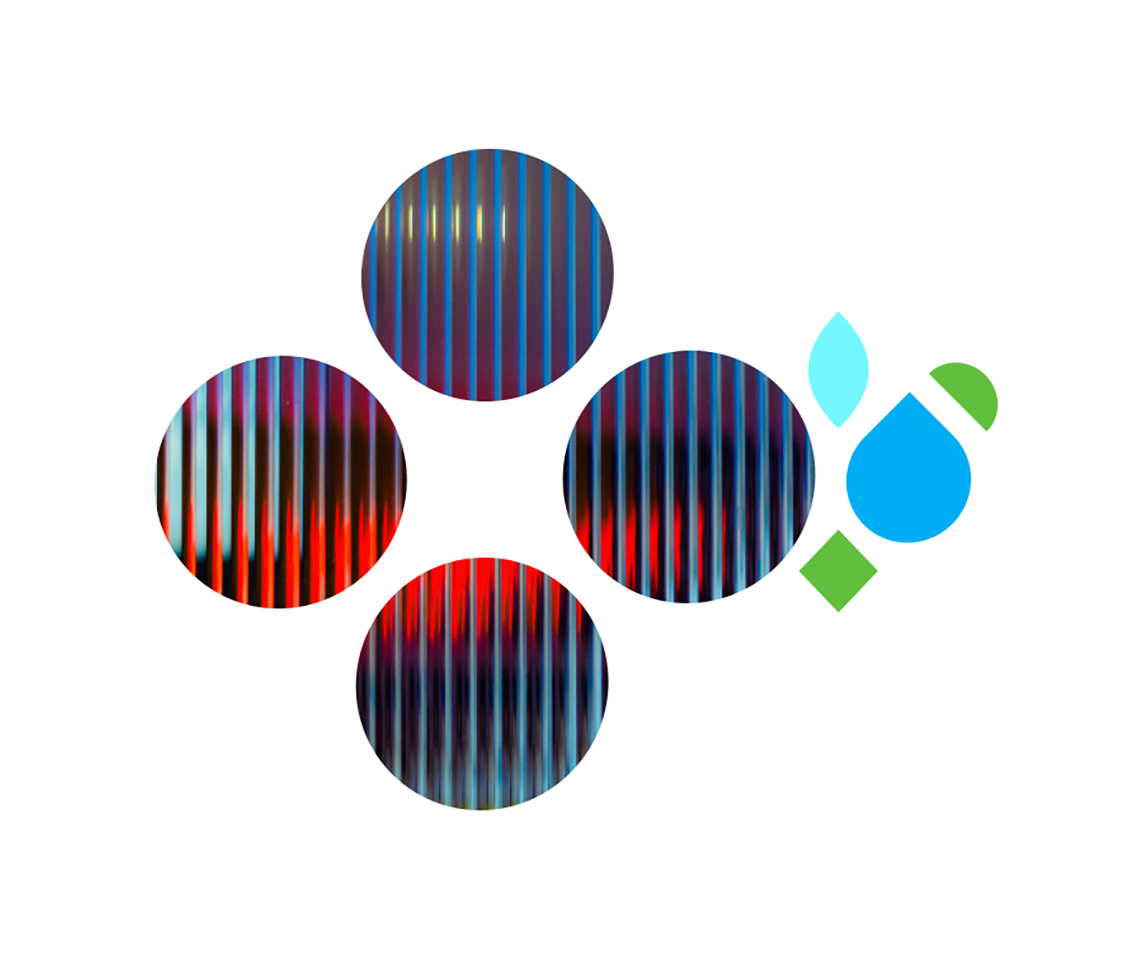
The Backbone for Change
How do you keep changing and growing at rapid pace when you have hundreds of employees, working in several sub-companies that serve different markets? Each sub-company has its own independent brand identity, that fits to a specific audience, so making them more homogenic will only slow them down. We felt that this complex Brand Architecture issue wasn’t going to be solved by the classic brand architecture models. The right interaction between the master brand and its sub-brands was to be their infrastructure, the ground on which unique and independent sub-brand can grow and reach distant markets. The master brand role is to define goals and shared values, giving its sub-brands the freedom they need to become whatever they need to be. This brand architecture enables great business agility and flexibility.
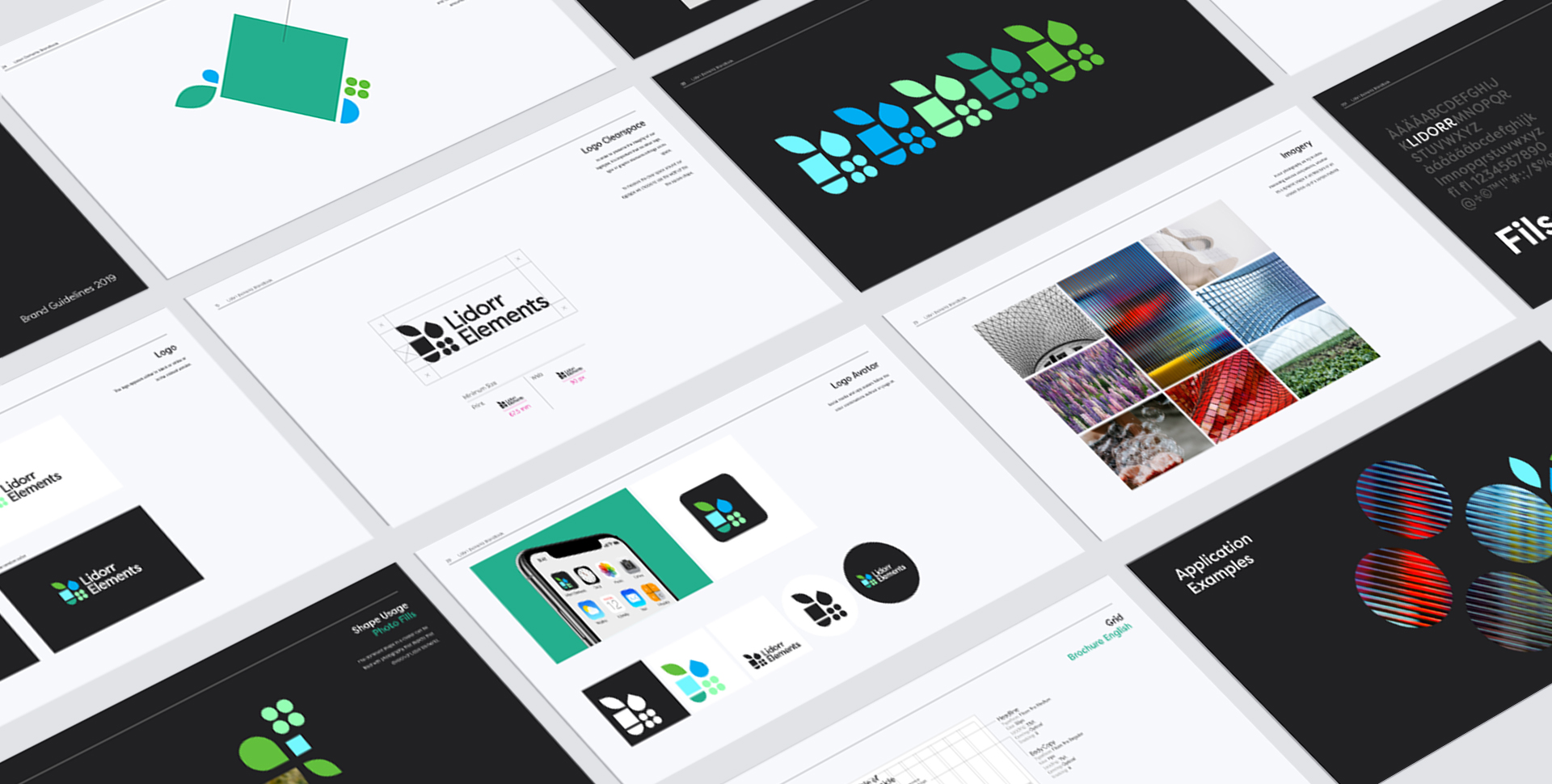
When Many Become One
The name was changed from Lidorr Chemicals to Lidorr Elements, symbolizing the transformation and expansion of the group. An updated, digital brand language was created to communicate the strategy. Every ‘element’ of the group is expressed in its own shape, which forms together a dynamic harmony. The bright blue and green are a reminder of the old brand, giving a sense of heritage to the new language. The design, like the brand, will keep growing and evolving, as the shapes may change with the sub-brands and new shapes may be added as Lidorr enters new markets.
